What is a project roadmap? What projects will it be useful for? How to build it? What services should I use? Detailed guide. .
No matter what the team is doing, it should always see what result it is striving for and what control points it needs to go through. Project roadmaps will help to visualize this path efficiently.
In this article, we will analyze:
- What is a roadmap and how it differs from the project plan
- Why do we need roadmaps and can projects do without them
- How roadmaps are used in project management
- How to create a project roadmap and make it more efficient
- What services are available for this
Before reading the article, we suggest you familiarize yourself with our company by watching the video.
What is a roadmap and how it differs from the project plan
A project roadmap is a document that lists the goals of the project, its key stages, control dates and responsible performers. Usually, a roadmap is created at the very beginning of a project. Detailed plans and schedules are then developed based on the roadmaps.
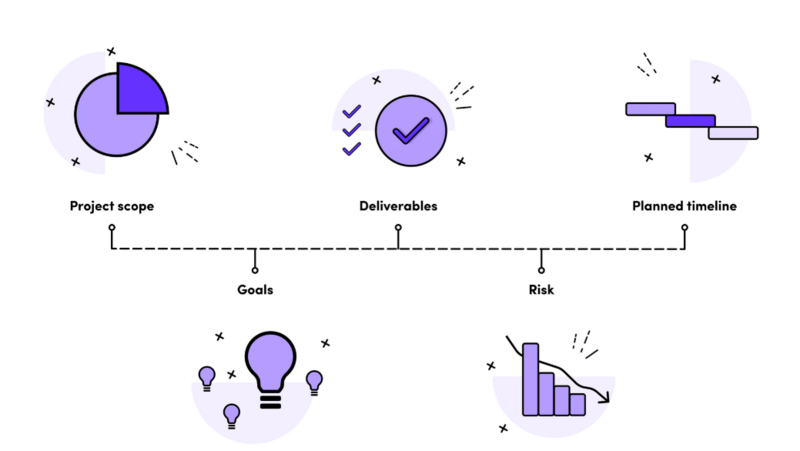
Most often, roadmaps are used in projects involving several working groups. Teams of such projects can be completely autonomous, but it is important for them to adhere to the points of the roadmap in order not to get off the common route. For example, several departments of the bank are working on the issue of a new credit card at once — designers, marketers, lawyers, technical support. Each team has its own tasks, but they correspond to the overall strategy described in the roadmap.
The roadmap and the project plan have a lot in common. Both documents reflect the essence of the project. They describe which path you need to take to successfully complete the project. Both the plan and the roadmap can be adjusted during execution if a failure occurred at some stage - for example, if the supplier delayed some service delivery.
The main difference between the roadmap and the plan is that the map is only a general overview of the project, without detailing all the stages, while the plan details all the tasks of the project.
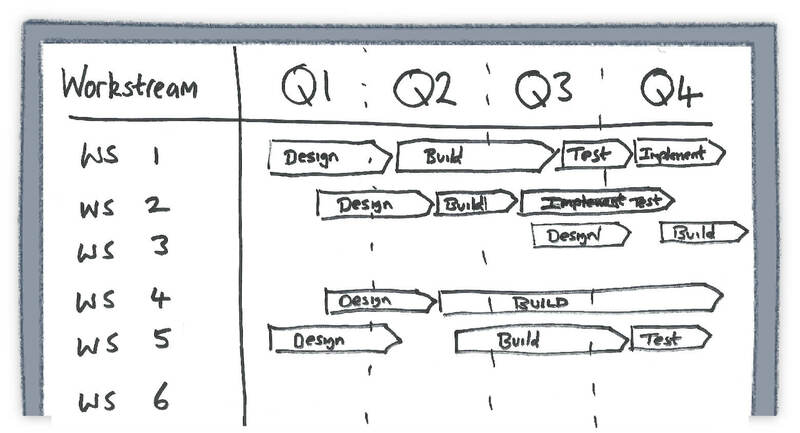
Simply put, the roadmap visualizes where the project team should come and in what time frame. And the plan gives step-by-step instructions on how to do it - it contains tasks and subtasks for each participant.
Migrate to secure hosting
Don't waste your time on Redmine maintenance. Hire experts and focus on your projects
Why do we need project roadmaps?
As we said above, roadmaps help to see the full picture of the project — its purpose, main stages, deadlines — and how the teams interact with each other.
Roadmaps are not magic pills that will lead a project to success, but they help in working on projects. Let's list a few advantages that roadmaps give the teams.
Project participants see a unified picture of the future path. Everyone can see the project progress and the deadline dates. If a team has problems with deadlines, it reflects them on the roadmap. The other teams see the changes and adjust their schedules.
There is no collective responsibility. In teams where everyone is responsible for everything, in the end no one is responsible for anything. If the project is not going according to plan, it is difficult to quickly determine where the failure occurred. The roadmap helps to avoid this. With its help, you can understand which team is delaying the project, understand the reasons and make a decision to correct the situation.
There is no micromanagement. Anyone who is interested in the project — for example, a company manager or an investor — can open the roadmap and see at what stage the project is and which of the employees is engaged in this stage. This is how teams avoid excessive control: if you need to clarify the details of a project stage, the manager can contact the responsible executor directly, indicated in the map, without distracting other employees from the tasks.
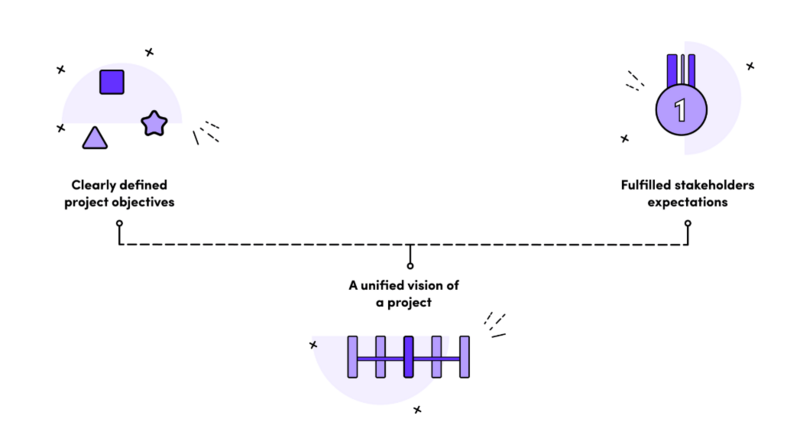
In the next section, we will look at five examples of how roadmaps help in project management.
Examples of roadmaps in projects
Project roadmaps are a universal tool that anyone who launches something new or wants to improve existing processes should work with. Here are five examples of areas in which roadmaps will be useful.
IT products Development. Programmers and designers use roadmaps more often than others in their work. They create a common product, so it is important to connect the work of several departments at once and determine control points.
Launching a business or startup. It is important to know what needs to be done before starting a new business. For example, create a business plan, find suppliers, open a bank account. And it is better to determine the goals of the startup at the very beginning, what steps will lead to them and in what time. This will determine the basis of the roadmap.
Producing online courses. Launching a new course is a multi-level process where tasks need to be transferred to different specialists at different stages. The roadmap helps stick to deadlines and pack the course on time, launch advertising and achieve the desired sales volume.
The release of the book. Here the roadmaps will be useful to both the author and the publisher. The author will indicate which chapters will be in the book, in what order he will write them and in what time frame to send to the editor. The publisher's roadmap will consist of the stages that a manuscript goes through from a file in a laptop to a bookshelf. The map will describe what the editor, proofreader, and design team are doing.
Internal HR. Such maps describe the stages of recruitment and onboarding, training and development of employees. The maps describe how the company's departments should interact with each other. This makes it possible to define the boundaries of responsibility of everyone involved in HR processes - from beginners to top management.
In the following sections, we will analyze how to create a roadmap and how to make it work effectively.
RedmineUP Solutions
Extend your Redmine functionality with our solutions and services
How to create a project roadmap
First you need to decide on the following elements.
- Goals: what is the roadmap dedicated to? This may be, for example, a small new project or a five-year company development strategy. The structure and format of the roadmap depends on the specifics of the goal.
- Structure: in what form will the roadmap be presented? It can be a drawn line with control points, a table with columns and cells, or a kanban board. The choice of structure depends on the scale of the project and on how much its teams depend on each other: is it possible to parallelize some tasks or should they all go linearly, one after the other.
- Priorities: what details of the project should be emphasized? Here they determine which tasks in the project are the most important, and which control points need to be passed in order to successfully complete them. Responsible: who should I ask for the result of each stage? Usually the heads of departments or the most experienced employees are appointed responsible.
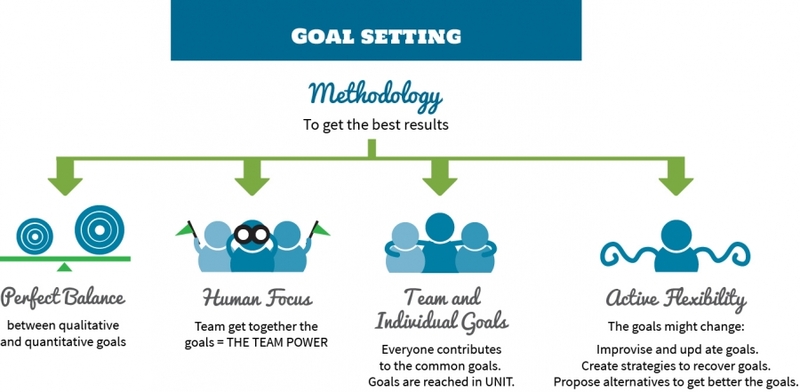
Project roadmaps involve teamwork, so it is also important to create them in a team. All responsible executors draw up maps within their department or project stage. They write what needs to be done and when, what the result will look like and to whom to pass it. The resulting mini-maps are assembled into a single one — this is how a clear and logical picture of the entire project is built.
Here are three tips on how to make the roadmap work effectively:
1. Don't make the map too detailed. Remember that roadmaps should show a view of the project "from a helicopter": without immersion in tasks and subtasks. This way it is more convenient to control the relationships and sequence of processes.
2. Review the map regularly — for example, once a week or once a month — and update the information if some stage is out of deadlines. At the same time, the sequence of processes on the map should be flexible enough so that changes can be made without jeopardizing the execution of the entire project.
3. Hold regular meetings with the project team. This way you can solve the problems that have arisen in time, and also make sure that all performers have the same vision of the processes.
In order for the roadmap to fulfill its task, it must become the team's handbook. All project participants should contact her to check what stage the team is at, whether everything is in order with the deadlines, whether there are any problems. Therefore, it is important that the map is clear and easy to use.
Migrate to secure hosting
Don't waste your time on Redmine maintenance. Hire experts and focus on your projects
In which services can I create a project roadmap
There are several ways to create roadmaps — starting from spreadsheets or presentations and ending with special services. Consider the popular options.
Excel spreadsheets or "Google Spreadsheets". The simplest tools that even beginners can easily master. It is advisable to create maps in online services so that any team member can edit their stages at any time.
The tables can reflect all the necessary elements of roadmaps — goals, stages of implementation, deadlines, names of those responsible — and visualize them so that it is convenient to track changes.
PowerPoint, Keynote, or Google Slides presentations. Building roadmaps on these platforms is similar to creating them in tables, but this option gives more opportunities for visualization. It is also better to use online services here so that you can create shared access for all teams.
Various services are used to create a roadmap. One of the most convenient and multifunctional is RedmineUP.
Gantt charts are commonly used to create project roadmaps, allowing tasks to be visually mapped on a timeline. Online Gantt charts, such as those provided by ProjectManager, enable task organization, milestone incorporation, dependency linking, and critical path filtering. Real-time progress tracking through baseline setting, along with features like unlimited storage for comments and files, enhances collaboration.
Below is the example of Project Gantt overview made in RedmineUP.
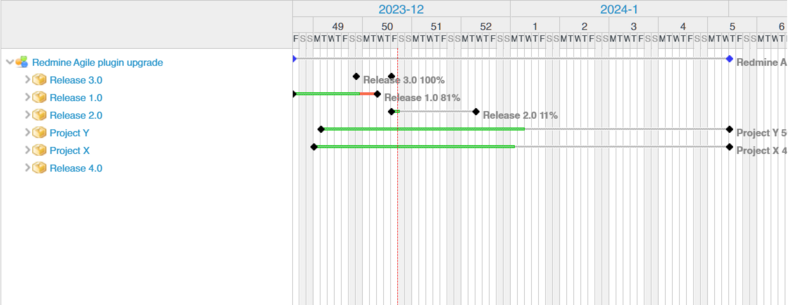
A project management tool such as RedmineUP serves as a centralized repository for your product roadmap, strategy, and sprints. This ensures that all relevant information is interconnected and easily accessible. For instance, you can transform your sprint tasks into a straightforward Kanban board, providing a comprehensive overview of ongoing work and its alignment with the overall roadmap.
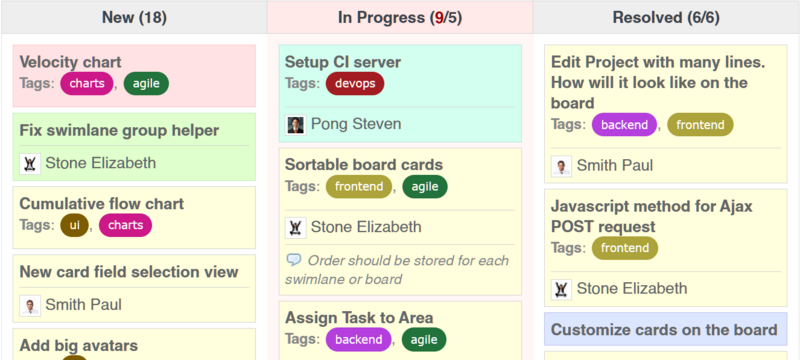
Learn from our video below where to find the Sprint filter on your Agile board in Redmine.
At the Roadmap Dashboard the project managers can see the progress details with Due status and Related issues.
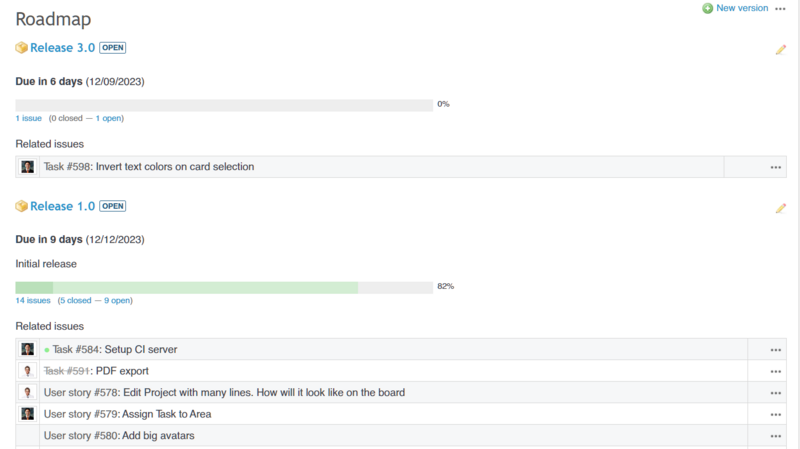
RedmineUP main advantages - the perfect combination of price and quality, as well as an extensive selection of functional modules:
Agile Plugin:
- Enables agile project management using Scrum and Kanban methodologies.
- Provides features such as sprint planning, backlog management, and burndown charts.
Helpdesk Plugin:
- Adds customer support and helpdesk functionality to Redmine.
- Allows the creation of support tickets, email integration, and knowledge base management.
CRM Plugin:
- Integrates customer relationship management (CRM) features into Redmine.
- Helps manage customer contacts, opportunities, and sales activities.
Finance Plugin:
- Adds financial and budgeting features to Redmine.
- Allows tracking of project costs, budgets, and financial data.
People Plugin:
- Enhances user management and HR functionalities in Redmine.
- Adds features like employee directory, leave management, and attendance tracking.
Checklists Plugin:
- Allows the creation and management of checklists within Redmine issues.
- Useful for tracking task completion and ensuring project requirements are met.
and many others which you can find at RedmineUp plugins page.
The Redmineup service offers improved functionality for efficient project management!
To find out more information about services and favorable offers, click on the link.
RedmineUP Solutions
Extend your Redmine functionality with our solutions and services


